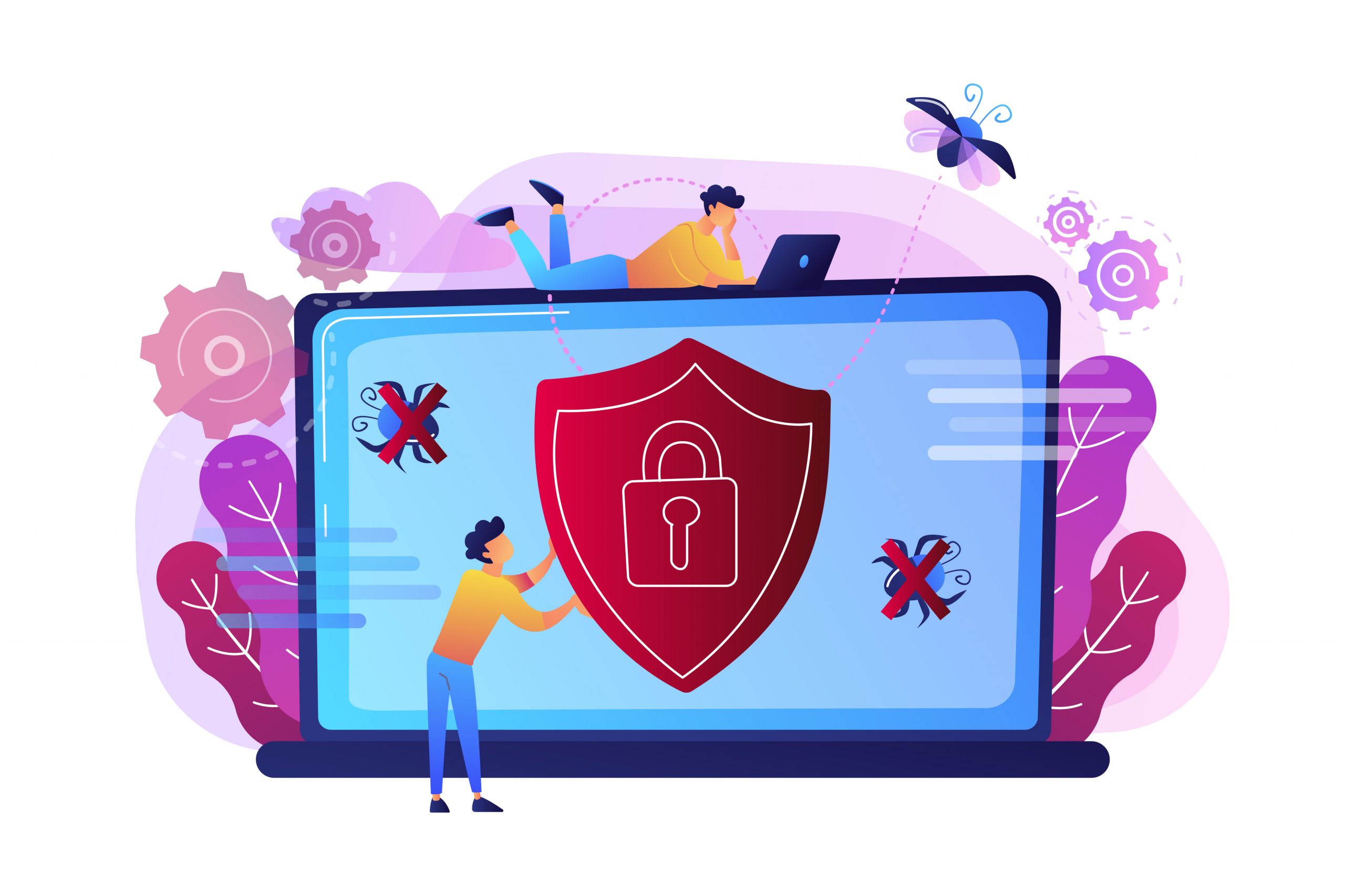How to Protect Your Home Network from Cybersecurity Threats: Tips and Best Practices
October 29, 2023

In today’s interconnected world, protecting your home network from cybersecurity threats becomes an ongoing process. You must constantly review and update your protection measures to reduce the risk of falling victim to these emerging cybersecurity threats. Here are some tips and best practices to guide you:
Protect your Wi-Fi network
Secure your network by considering a rechange of the default username and password of your router to a more complicated one.
Complex passwords
Create unique and complex passwords with upper- and lower-case letters for all your devices and online accounts to stay safe from cyberattacks. You could even use a reputable password manager to keep track of them.
Data backup
To prevent data loss in case of a cyberattack, it makes sense to regularly back up important data and important files into a cloud-based service or external drive.
Install Antivirus
A primary form of protection from cybersecurity threats to your home network is antivirus software. Do install an antivirus from a reputable company.
Update your system regularly
Keeping your antivirus software updated regularly will ensure that your operating system, routers and IoT devices will be safe from the latest known cyber threats.
Firewall protection
Consider enabling the built-in firewall on your router or installing an additional intrusion detection system for enhanced cybersecurity.
IoT devices
Secure your IoT devices by changing their default passwords and keeping their firmware up-to-date. Additionally, it’s better to disable features such as remote access if you won’t be using them.
WPA3 Encryption
Do check if your Wi-Fi network uses the latest encryption standard – such as the WPA3, to protect your important data from eavesdroppers.
Suspicious Emails
Be cautious of opening unknown or suspicious emails with weird spellings and attachments. Avoid clicking on unknown links or files of untrustworthy or unknown origins.
Monitor network log
Make a habit of reviewing your network traffic and router’s logs for any discrepancies in activities. You can catch potential threats early on this way.
Device security
Secure the physical security of your device to prevent tampering.
Educate your family
All members of your family who use the home network need to be taught the basics of safe online practices and cybersecurity. They should be extremely cautious when sharing personal information online.

